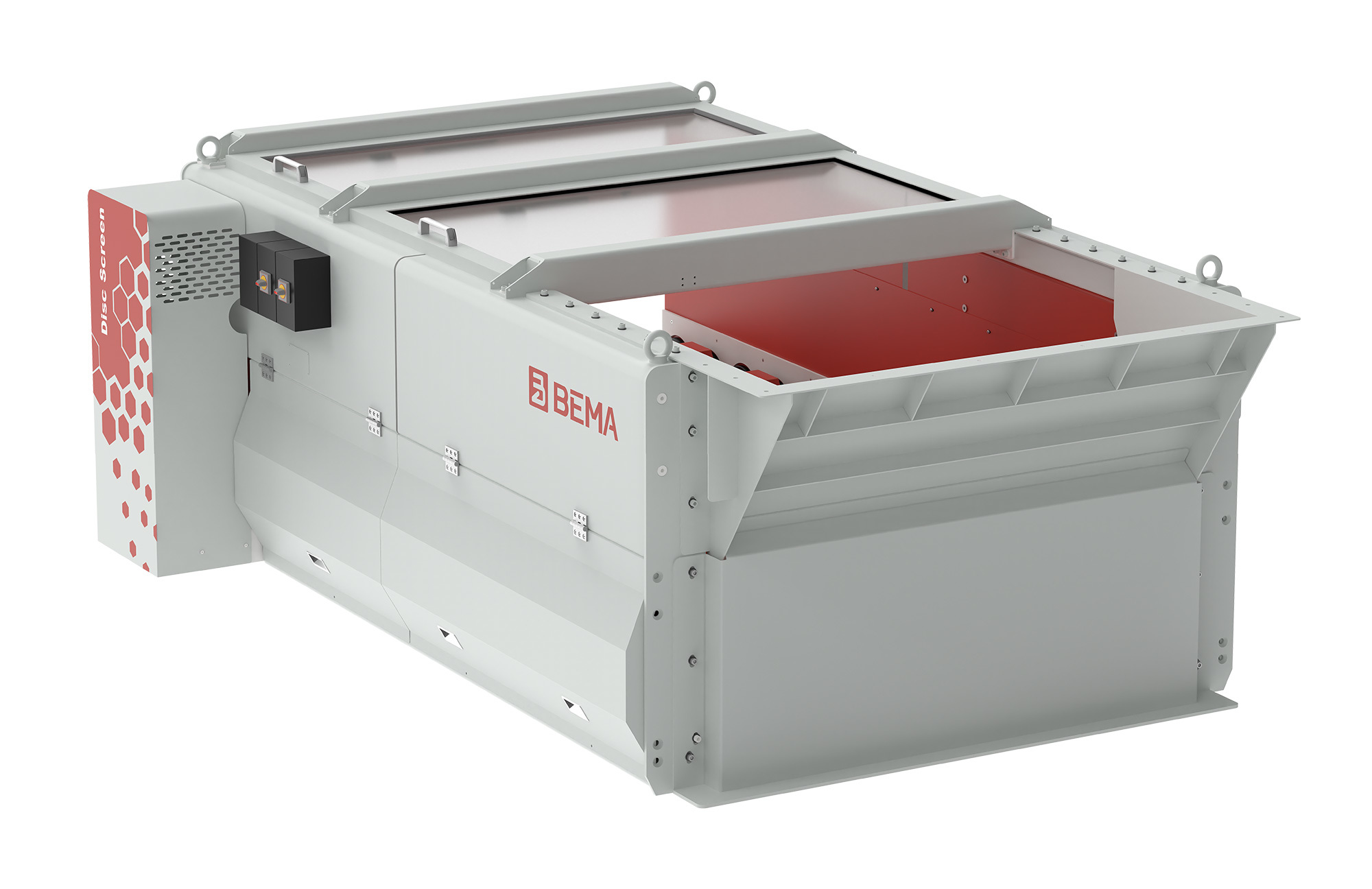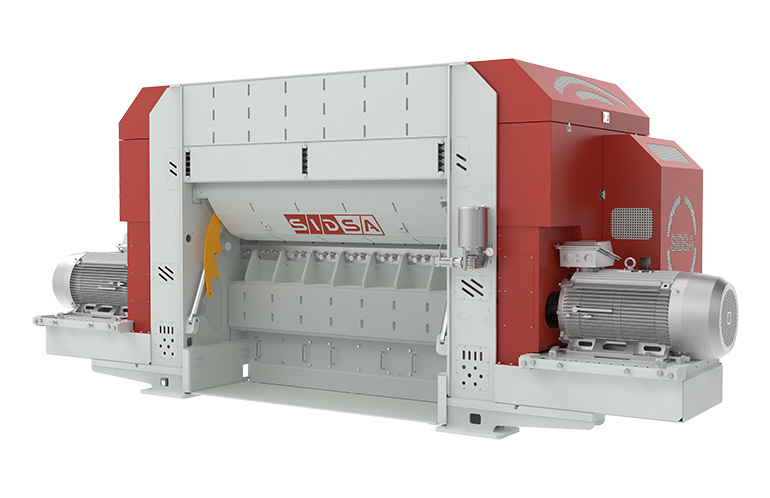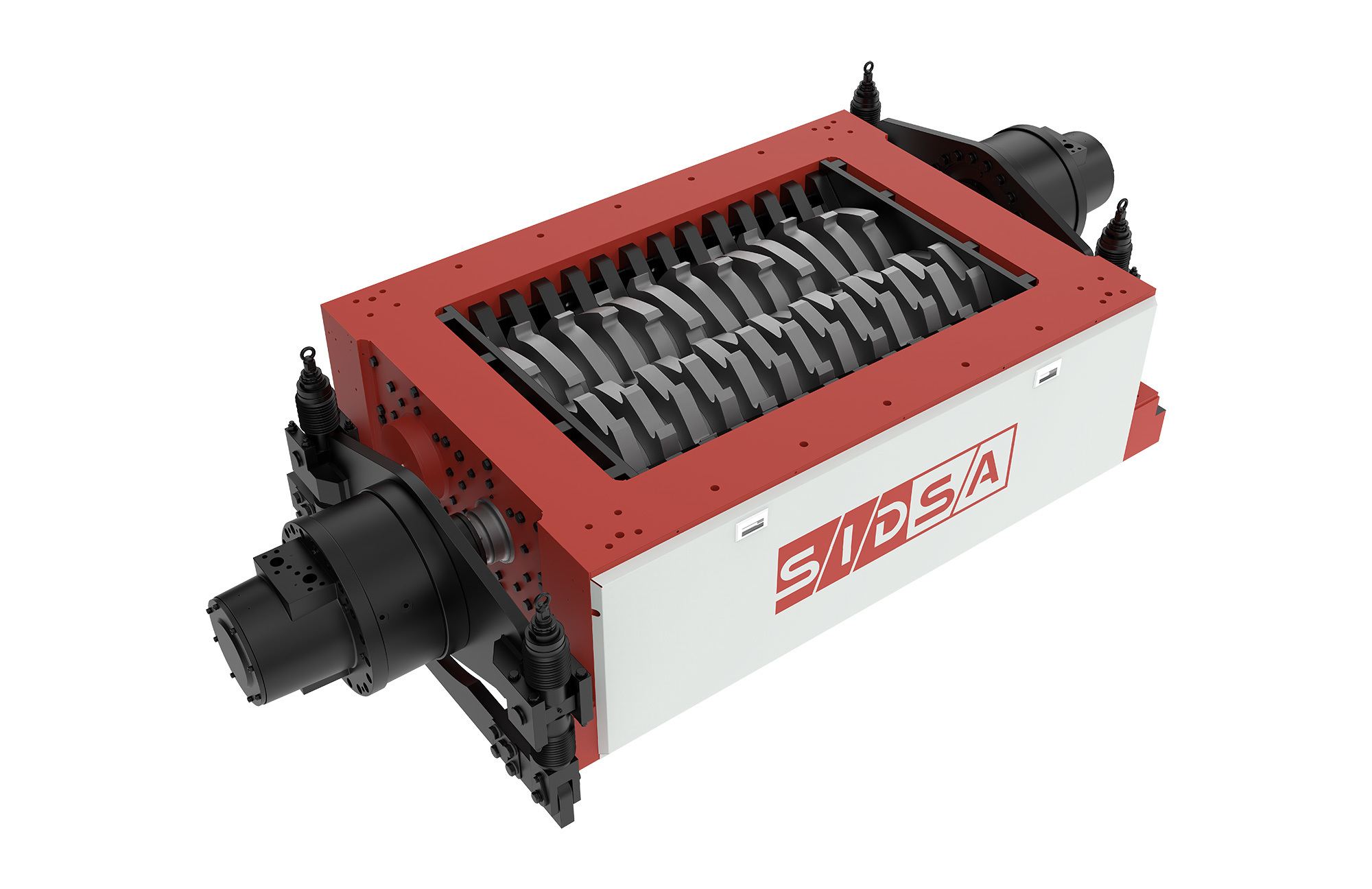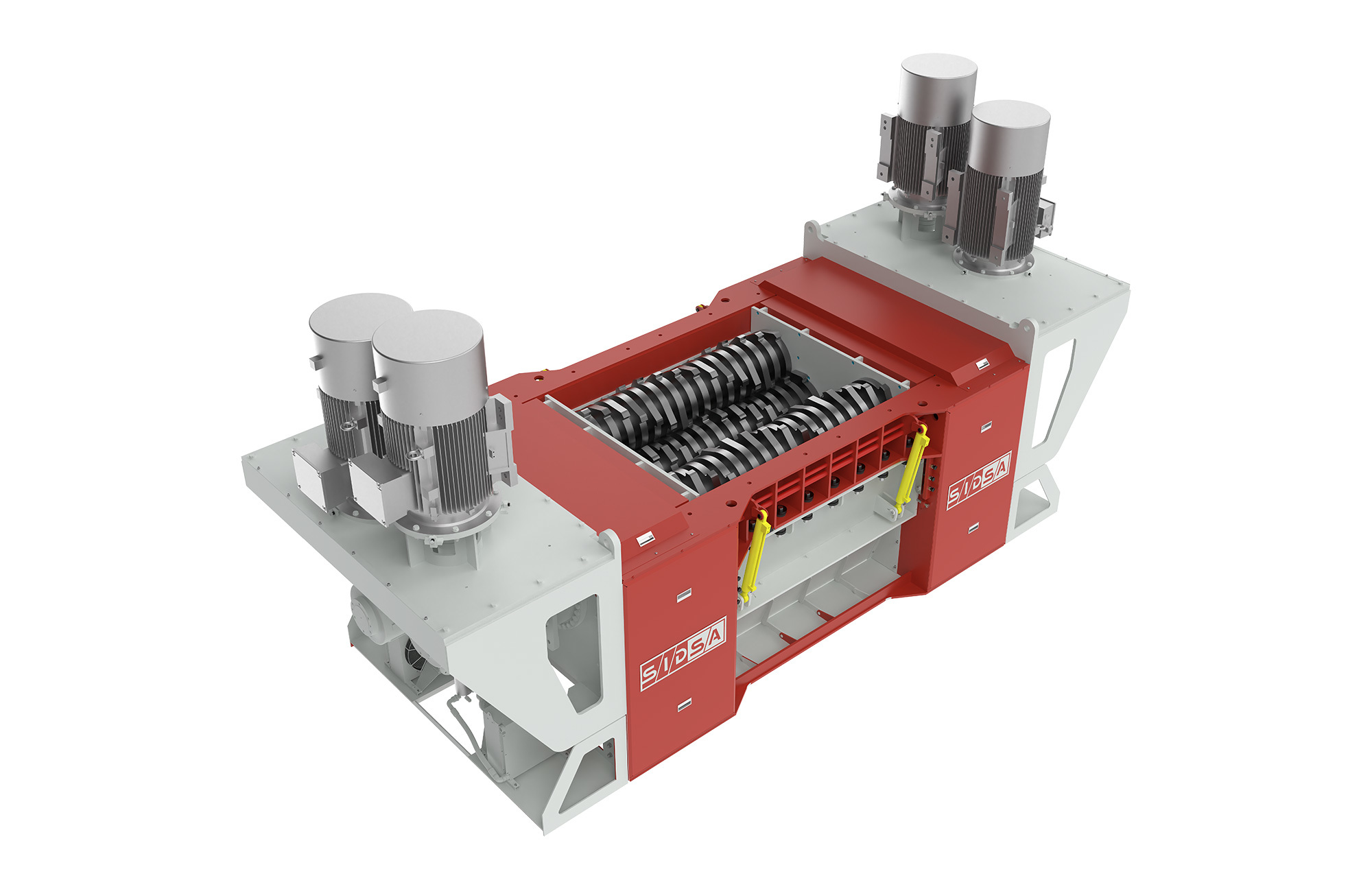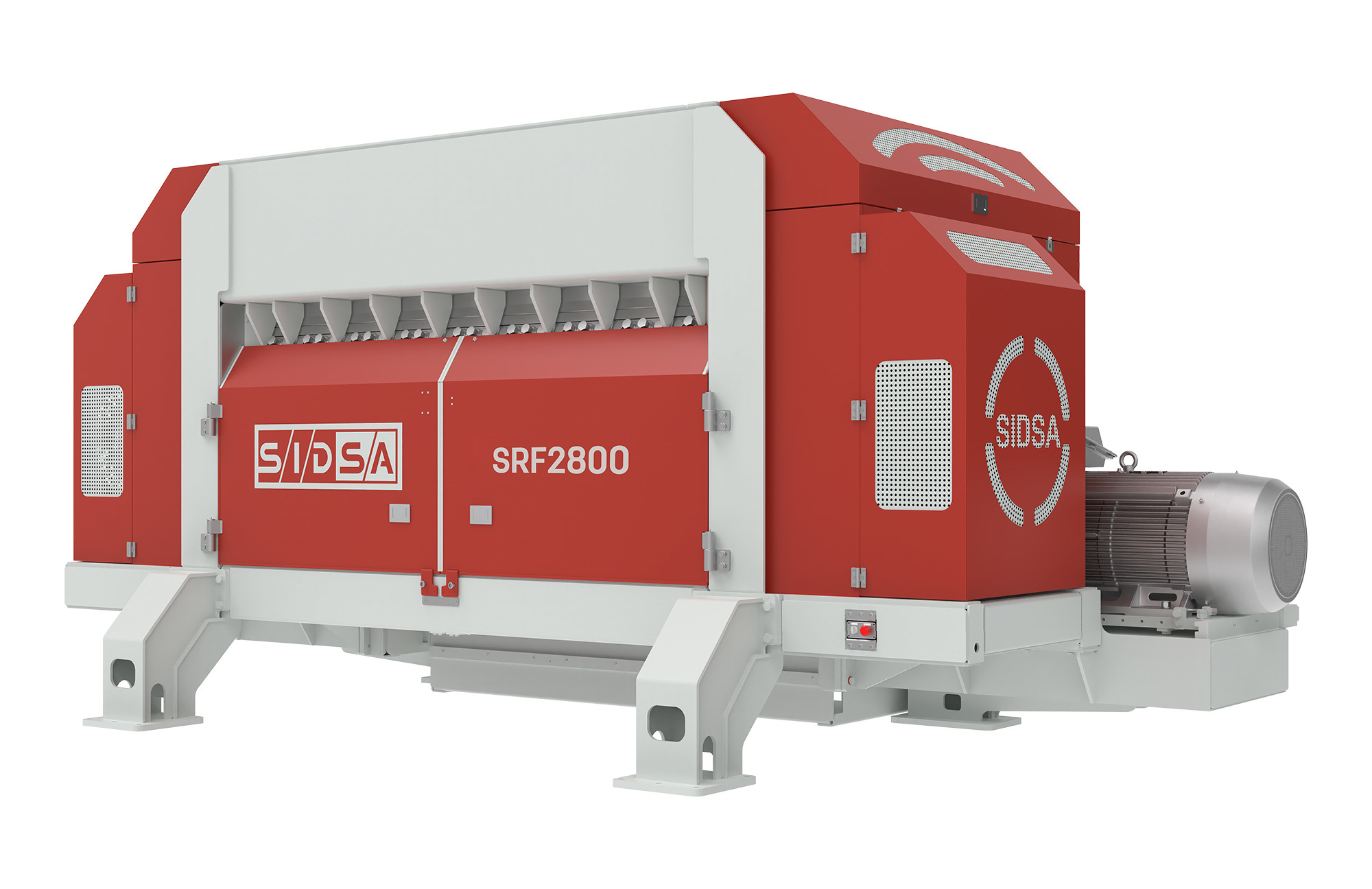Maximizing Efficiency: The Role of 2-Shaft Shredders in Hazardous Waste Disposal
Release Time:
Apr 23,2025
In today's industrial landscape, the proper disposal of hazardous waste is a critical concern. With increasing regulations and the need for environmentally responsible practices, manufacturers are continually seeking efficient solutions for waste management. One such solution is the 2-shaft shredder, a versatile machine designed to handle a variety of materials, including hazardous waste.
A 2-shaft shredder operates using two parallel shafts fitted with blades that rotate in opposite directions. This dual-shaft design is especially effective for breaking down tough materials, making it ideal for hazardous waste disposal. The shredding process begins when the waste material is fed into the machine. The rotating shafts engage the material, pulling it in and slicing it into smaller pieces. This not only reduces the volume of waste but also prepares it for subsequent processing or disposal.
One of the primary advantages of using a 2-shaft shredder for hazardous waste is its ability to handle a wide range of materials, including plastics, metals, and electronic waste. This flexibility allows facilities to consolidate their waste processing, as a single machine can manage different types of hazardous waste. Additionally, the shredding action helps to minimize the risk of chemical reactions by ensuring that incompatible materials are adequately separated and processed.
Safety is paramount when dealing with hazardous materials, and 2-shaft shredders are designed with this in mind. Many models come equipped with safety features such as emergency stop buttons, overload protection, and noise reduction systems, which help to create a safer working environment. Furthermore, by reducing the size of hazardous waste, these shredders contribute to safer handling and transportation, decreasing the potential for spills or accidents.
To maximize the efficiency of a 2-shaft shredder, proper maintenance and operational practices are crucial. Regular inspections and timely repairs can prevent downtime and ensure optimal performance. Additionally, operators should be trained in the specific requirements of shredding hazardous materials, including understanding the properties of the waste being processed and adhering to safety protocols.
In conclusion, the 2-shaft shredder is an invaluable tool for industries engaged in hazardous waste disposal. Its robust design, operational versatility, and safety features make it a preferred choice for effective waste management. By investing in a 2-shaft shredder, manufacturers can not only comply with regulatory standards but also contribute to a more sustainable future.
A 2-shaft shredder operates using two parallel shafts fitted with blades that rotate in opposite directions. This dual-shaft design is especially effective for breaking down tough materials, making it ideal for hazardous waste disposal. The shredding process begins when the waste material is fed into the machine. The rotating shafts engage the material, pulling it in and slicing it into smaller pieces. This not only reduces the volume of waste but also prepares it for subsequent processing or disposal.
One of the primary advantages of using a 2-shaft shredder for hazardous waste is its ability to handle a wide range of materials, including plastics, metals, and electronic waste. This flexibility allows facilities to consolidate their waste processing, as a single machine can manage different types of hazardous waste. Additionally, the shredding action helps to minimize the risk of chemical reactions by ensuring that incompatible materials are adequately separated and processed.
Safety is paramount when dealing with hazardous materials, and 2-shaft shredders are designed with this in mind. Many models come equipped with safety features such as emergency stop buttons, overload protection, and noise reduction systems, which help to create a safer working environment. Furthermore, by reducing the size of hazardous waste, these shredders contribute to safer handling and transportation, decreasing the potential for spills or accidents.
To maximize the efficiency of a 2-shaft shredder, proper maintenance and operational practices are crucial. Regular inspections and timely repairs can prevent downtime and ensure optimal performance. Additionally, operators should be trained in the specific requirements of shredding hazardous materials, including understanding the properties of the waste being processed and adhering to safety protocols.
In conclusion, the 2-shaft shredder is an invaluable tool for industries engaged in hazardous waste disposal. Its robust design, operational versatility, and safety features make it a preferred choice for effective waste management. By investing in a 2-shaft shredder, manufacturers can not only comply with regulatory standards but also contribute to a more sustainable future.
What Else Might You Learn?
SIDSA focuses on technological research and innovation in the field of waste pretreatment
Product
SIDSA focuses on technological research and innovation in the field of waste pretreatment






